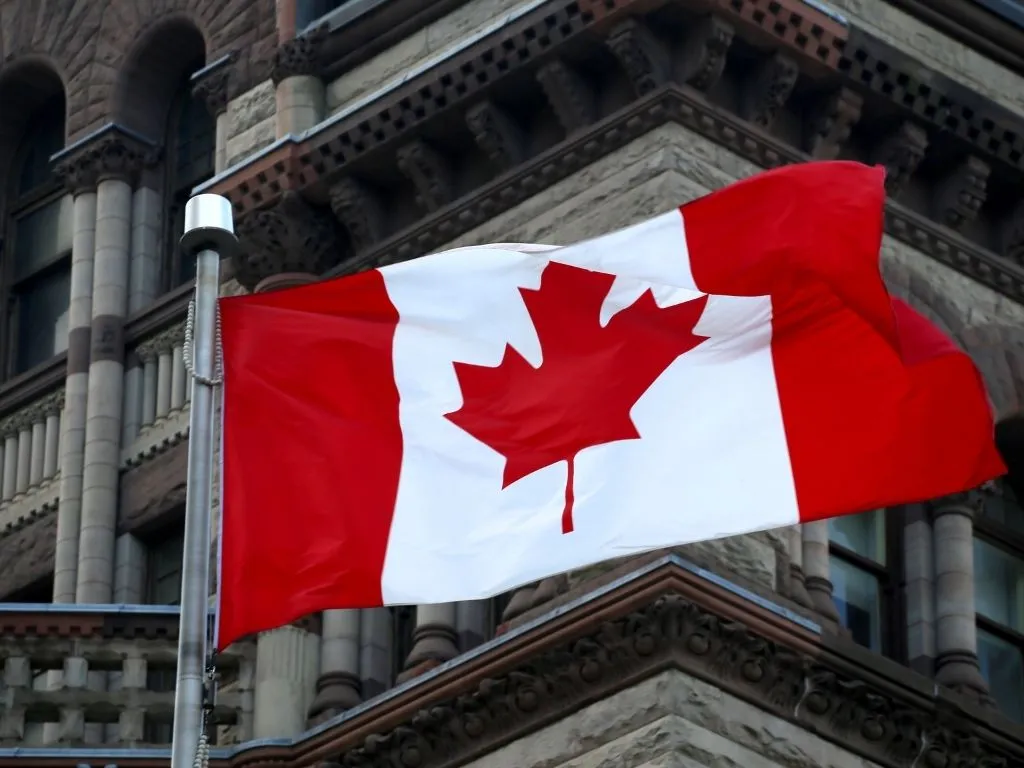News Details

Canada Introduces CEPA Watch List to Monitor Substances of Potential Concern
On October 4, 2024, Canada released a draft plan for the Watch List under the Canadian Environmental Protection Act (CEPA). The Watch List will monitor substances that are potentially harmful to human health or the environment, even if they do not currently meet toxicity criteria under CEPA. Public consultations on the draft will be open for feedback for 60 days before the Watch List is finalized by the end of 2025.
What is the Watch List?
In June 2023, Canada strengthened its environmental protection laws by amending the Canadian Environmental Protection Act, 1999 (CEPA) through Bill S-5. A key element of this amendment is the creation of the Watch List, which is designed to increase transparency and provide the public with insight into substances that may pose a risk to human health or the environment. The Watch List allows for the identification of substances that may become toxic over time, even though they do not currently meet the criteria for toxicity under CEPA, thus allowing for proactive management. Unlike substances listed in Schedule 1 of CEPA, substances on the Watch List are not subject to immediate regulatory restrictions. However, the list provides increased transparency and allows stakeholders to stay informed about substances of concern.
How the Watch List Works
The proposed Watch List approach outlines the processes for adding or removing substances from the Watch List. Environment and Climate Change Canada (ECCC) and Health Canada (HC) are responsible for compiling the list based on scientific data and evaluations. Substances may be added to the Watch List following an assessment or review under Part 5 of CEPA or based on decisions by other jurisdictions that are relevant to Canada.
Substances that may be included on the Watch List are those that do not meet the current definition of toxic under CEPA, but may become harmful if use, exposure or hazard characteristics change in the future. Examples of considerations include:
-
The severity or type of health or the environmental effect the substances may have.
-
Physical or chemical properties of the substance.
-
Potential changes in exposure or use patterns that could increase risks.
-
Environmental fate and behavior of the substance in the ecosystem.
Adding Substances to the Watch List
Substances can be added to the Watch List based on several criteria, including:
-
A recommendation following an assessment under Part 5 of CEPA.
-
A review of decisions by other jurisdictions suggesting that a substance may become toxic.
-
Evaluation of new or emerging data that indicate potential risks.
Each addition to the Watch List will go through a public consultation process to ensure transparency and stakeholder participation.
Removal of Substances from the Watch List
A substance will be removed from the Watch List if:
-
It is added to Schedule 1 of CEPA as a toxic substance
-
The Ministers of Environment and Health no longer have reason to believe that the substance may become toxic
Public Engagement and Transparency
The Watch List is designed to be a transparent tool for informing the public and stakeholders about substances of potential concern. Information about each substance added to the list, including its Chemical Abstracts Service Reference Number (CAS RN), name, and reason for inclusion, will be made available to the public. This information will be searchable and accessible through the CEPA Registry, ensuring easy access to details of substances on the Watch List.
The proposed Watch List will not impose any legal or regulatory obligations on the substances listed, but will serve as an early warning mechanism for stakeholders, manufacturers, and importers to monitor these substances and consider safer alternatives.
Example Follow-Up Activities for Watch List Substances
While the Watch List does not impose new restrictions, the ECCC and HC may pursue additional activities to monitor and gather information on substances of concern. Examples of such activities include:
-
Significant New Activity (SNAc) Provisions: If there is a significant change in the use of a substance, the SNAc provisions may require stakeholders to inform the government of these changes, allowing for further risk assessment.
-
Environmental and Biomonitoring: Monitoring the presence of substances in wildlife, air, water, or humans to track trends and potential exposures.
-
Section 71 Notices: Mandatory information-gathering notices used to collect data on substance usage, toxicity, and commercial activity.
Public Comment Period and Watch List Finalization
The proposed Watch List approach will be open for public comment for a period of days. Interested parties, including the general public, industry stakeholders, and environmental organizations, are invited to provide feedback. Comments may be submitted through the CEPA Registry and must cite "Proposed Watch List Approach" in the subject line.
Once finalized, the Watch List Approach will be published by the end of 2025, with substances added to the list shortly thereafter. The goal is to provide an early warning system to ensure that potential risks are identified and managed before they become a greater threat to human health or the environment.
We acknowledge that the above information has been compiled from Government of Canada.

 Twitter
Twitter
